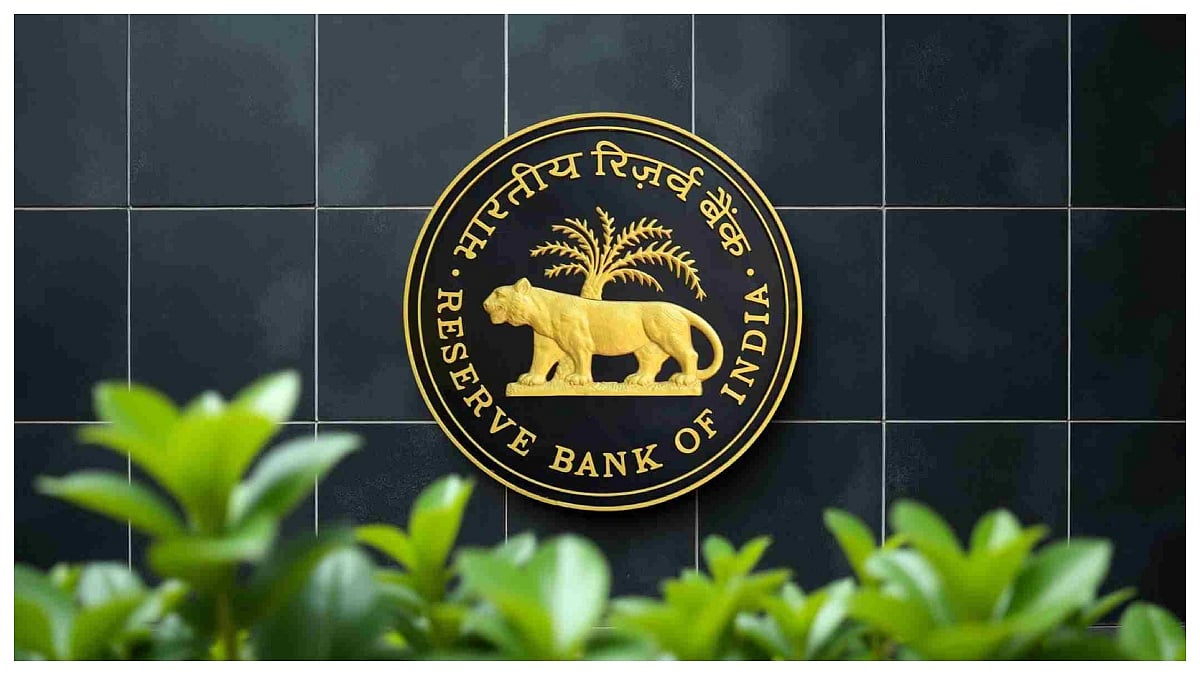As the economic landscape in India continues to shine with optimism, Indian companies are increasingly turning their gaze towards international markets, seeking new avenues for growth, according to a CRISIL report.
This surge in global expansion is anticipated to drive an increase in revenues for both global and domestic banks providing cross-border support.
International Operations On Rise
In recent years, Indian corporations have significantly ramped up their international operations. Currently, approximately 83 per cent of large India-based corporations utilize at least one bank for cross-border trade and payments, a rise from 71 per cent two years ago.

This increase reflects a broader trend of Indian firms seeking to leverage domestic economic strength to capitalize on global opportunities. | Image: Wikipedia (Representative)
This increase reflects a broader trend of Indian firms seeking to leverage domestic economic strength to capitalize on global opportunities.
Ruchirangad Agarwal, Relationship Director and Head of Corporate Banking - Asia and Middle East at Coalition Greenwich highlighted this trend and said, "Over the past 12 months, we have seen an increase in activity by large corporates in India across various outbound, cross-border corridors into other markets within the Asia-Pacific region, into Europe, and North America as well ." Not only large corporations are venturing abroad; approximately 75 per cent of mid-sized Indian companies are also engaging with banks for international trade needs.
These businesses primarily use banking services for traditional trade, cross-border payments, and managing receivables from global suppliers and clients.
Historically, Indian corporations have relied heavily on foreign banks due to their extensive global networks and competitive funding options. However, large domestic banks are now aggressively vying for a larger share of the cross-border banking market. This shift is driven by advancements in digital banking capabilities and a more competitive pricing environment.
High Interest Rate Help Stability
Agarwal said, "While foreign banks bring a robust network and product capabilities, two strong trends are helping Indian banks compete. First, Indian banks' digital capabilities are increasingly on par with those of foreign banks. Second, thanks to a combination of higher interest rates internationally and a slightly reduced lending appetite on the part of some foreign banks, Indian banks have been able to compete effectively on pricing and balance sheet."

The uptick in demand for international banking services is set to boost revenue across the Indian corporate banking sector. In 2023, banking industry revenue pools grew by 4 per cent, following a 15 per cent increase in 2022.
While cash management showed strong performance due to higher interest rates, this segment is expected to stabilize as rates plateau. Conversely, investment banking saw double-digit gains driven by robust capital markets activity.
Looking forward, cross-border business is expected to become an increasingly significant revenue driver.
"Companies need banking services to support all this international growth, mainly on the traditional trade side but also increasingly on receivables finance as supply chains realign within Asia," said Agarwal.











